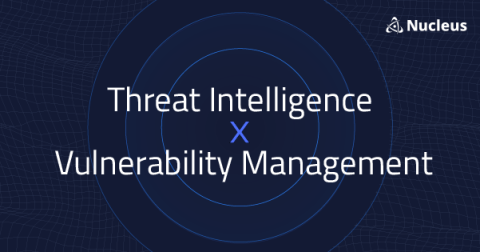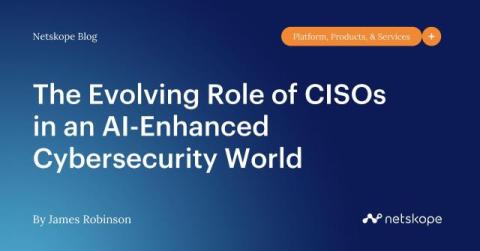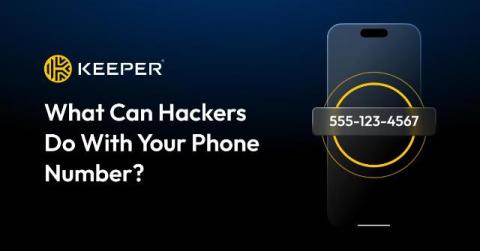Addressing Client-Side Risks in PCI DSS 4.0
It seems like such a short time ago that the Security Standards Council released the newest version of the Payment Card Industry Data Security Standard (PCI DSS). It has been a full year, and version 4.0 is now in effect. Industries that adhere to the Standard were given the year to implement the new changes.










